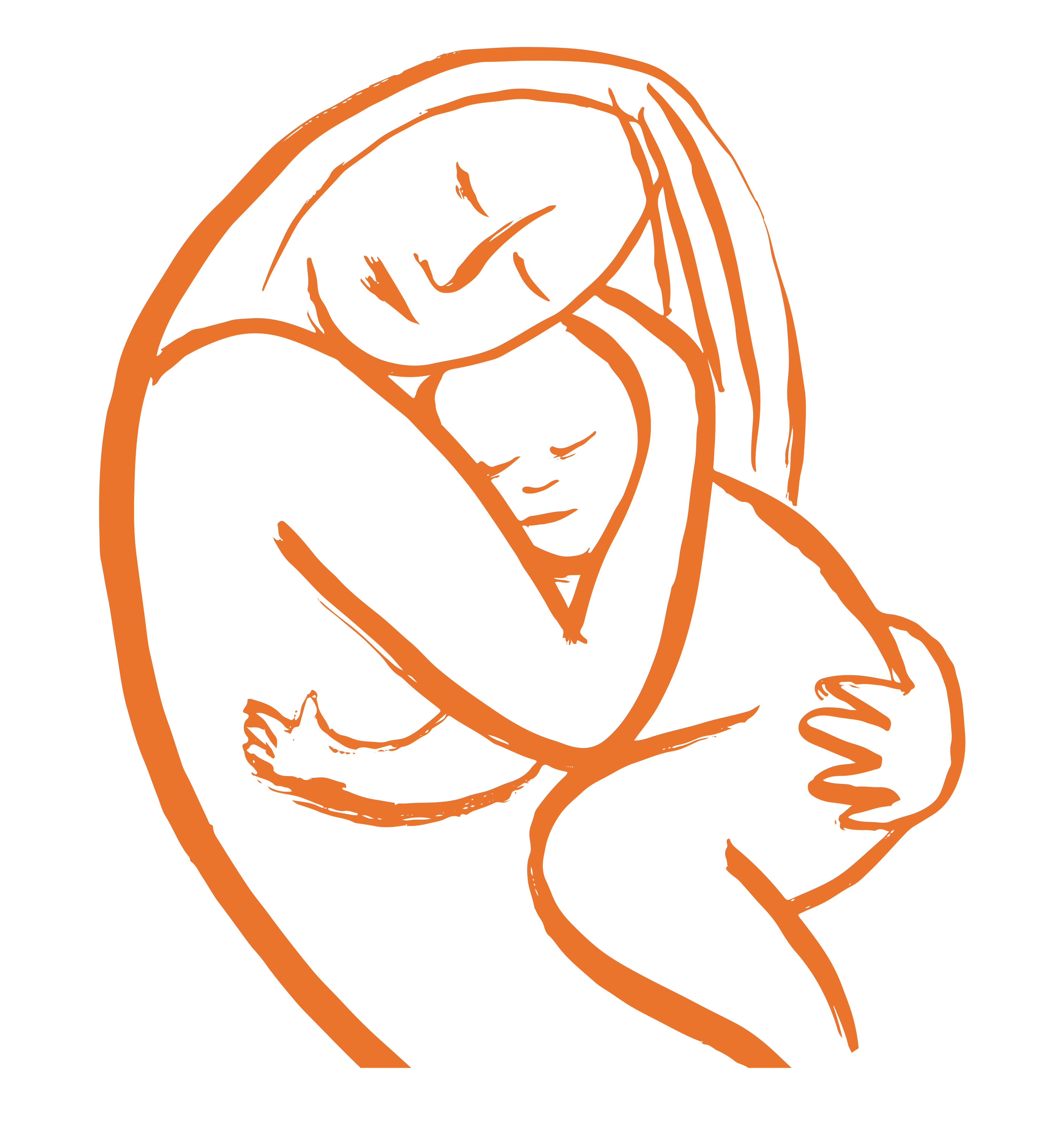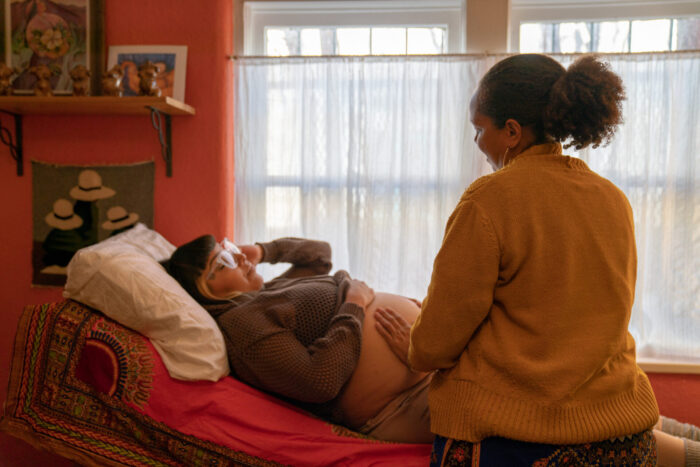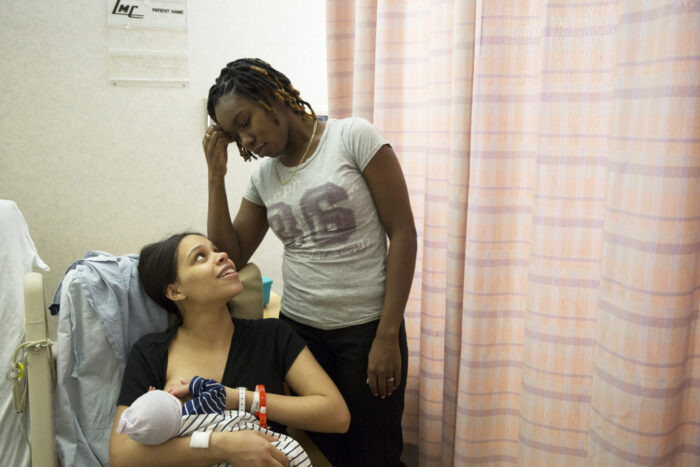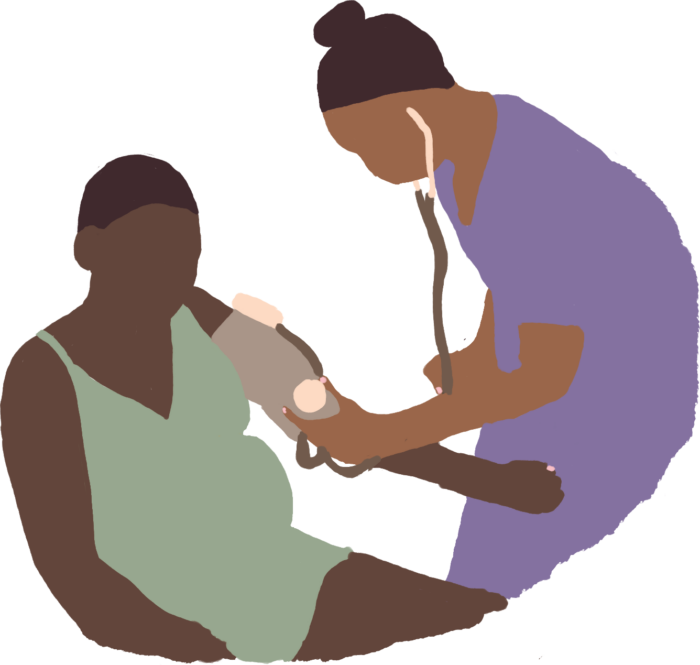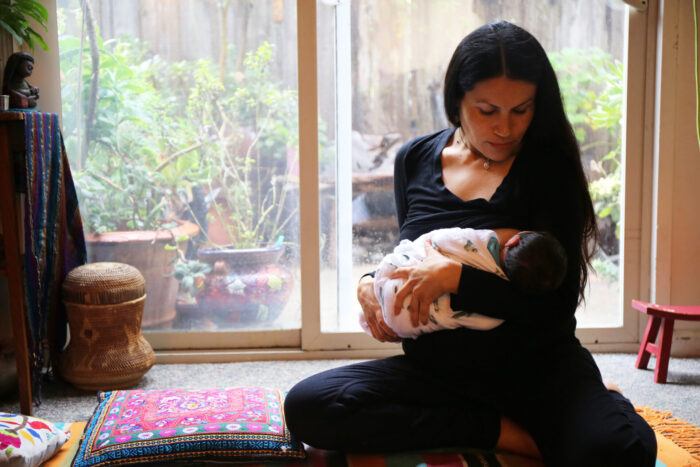NEW FILM
Giving Birth in America: Arkansas
Our newest film spotlights Arkansas, the state with the highest maternal mortality rate across the U.S. Watch it now.
The number of women who die giving birth in America each year has nearly doubled in the last two decades.
The United States is the only high-resource country with a consistently rising maternal mortality rate.

Black women are 3 times more likely to die from pregnancy-related complications than white women in the U.S.

More than 80% of all maternal deaths in the U.S. can be prevented.
The Giving Birth in America film series features stories from seven states.
WATCH THE FILMS
Provider Shortages
Lack of Insurance
Chronic Conditions
Underuse of Evidence-Based Practices
Racial and Socioeconomic Disparities
Lack of Comprehensive, Coordinated Care
Disrespectful Treatment
Inadequate Postpartum Support
Lack of Mental Health Support
Feeling outraged?
The Giving Birth in America: Arkansas Screening and Advocacy Guide provides ways to take action on this crisis.

